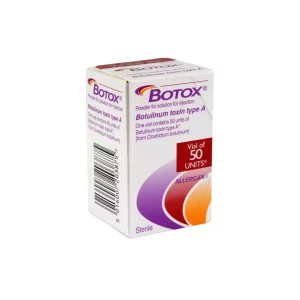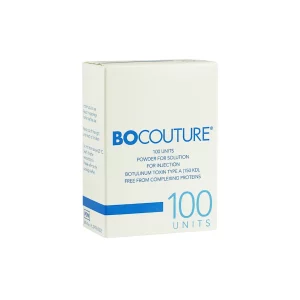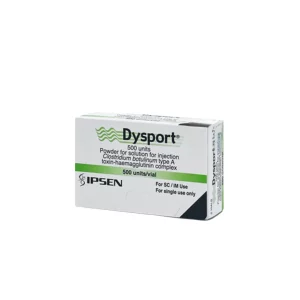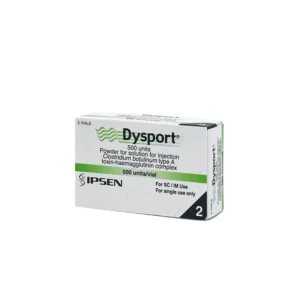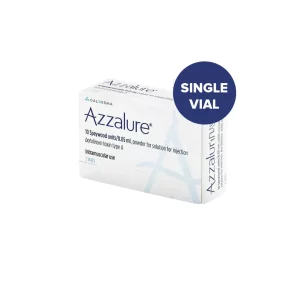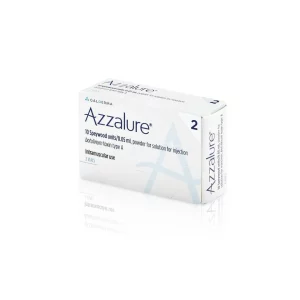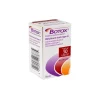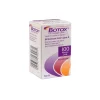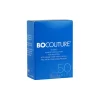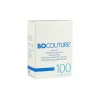Botulinum Toxins
Botulinum toxins are neurotoxic proteins produced by the bacterium Clostridium botulinum. These toxins are widely known for their use in both medical and cosmetic applications. There are several types of botulinum toxins, with types A and B being the most commonly used in clinical settings.
Medical Applications
In medicine, botulinum toxin type A, often referred to by brand names such as Botox®, Dysport®, and Xeomin®, is used to treat a variety of conditions. These include chronic migraines, muscle spasticity, overactive bladder, excessive sweating (hyperhidrosis), and certain eye muscle disorders. The toxin works by blocking nerve signals to the muscles, causing temporary muscle relaxation.Cosmetic Uses
Cosmetically, botulinum toxin type A is popular for its ability to reduce the appearance of facial wrinkles and fine lines. By relaxing the facial muscles that cause wrinkles, treatments can create a smoother, more youthful appearance. Common treatment areas include the forehead, crow’s feet (around the eyes), and frown lines between the eyebrows.Safety and Efficacy
Botulinum toxin treatments are generally considered safe when administered by a trained and licensed professional. The effects of the treatment are temporary, typically lasting between three to six months, depending on the area treated and the individual’s response. Side effects are usually mild and may include temporary bruising, swelling, or redness at the injection site. When purchasing botulinum toxin products, it is crucial to ensure they are sourced from reputable suppliers and that they meet all regulatory standards.
